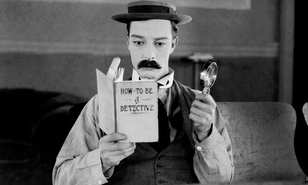Alain Bergala is a critic, film maker, teacher at La Femis - the French state film school, and artistic advisor with Cinema, Cent ans de Jeunesse. Using film clips he illustrates the different domains of hidden / shown, a key issue from the beginning of cinema – to tell, to hide, to suggest.















